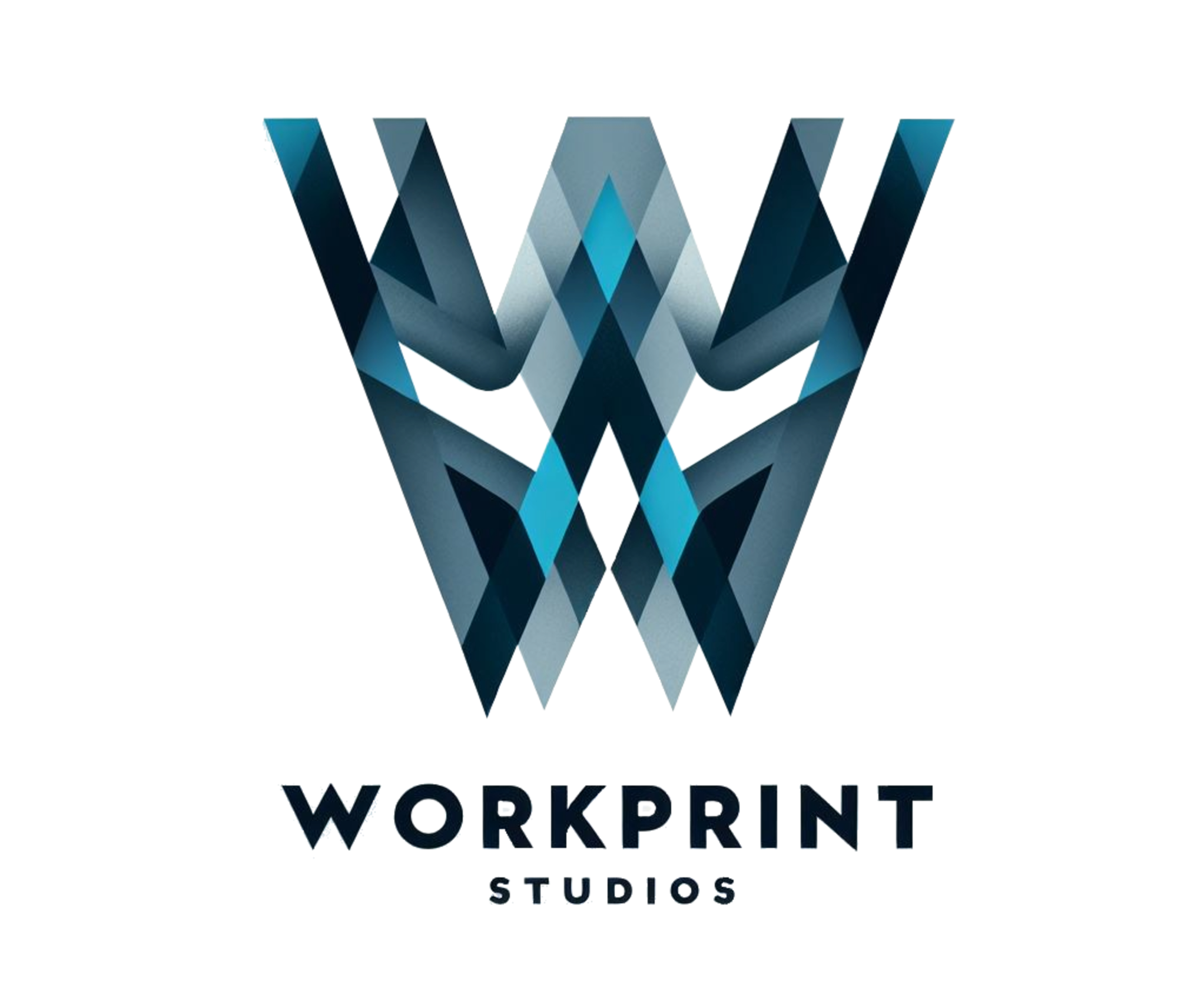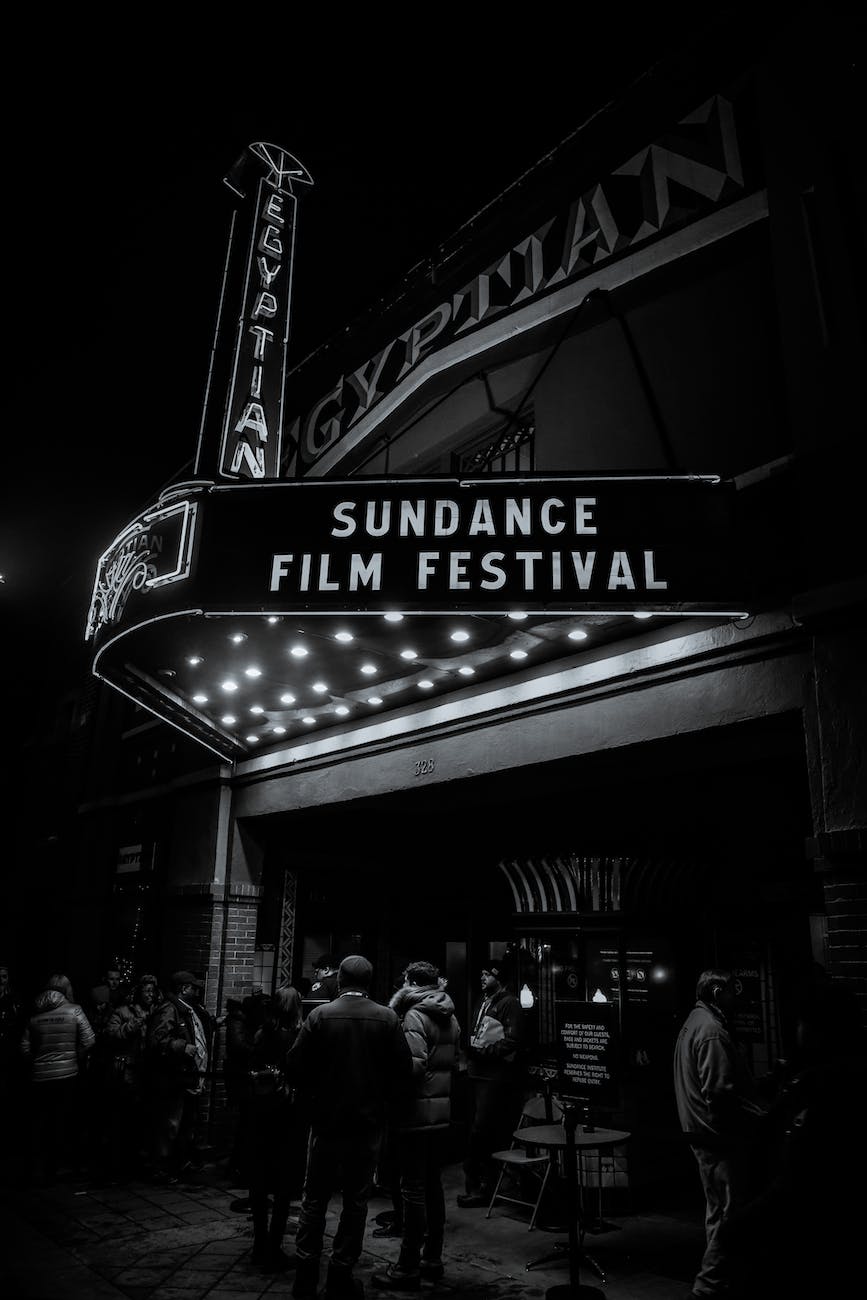
WORKPRINT STUDIOS BLOG POST #39 – Art of Film Criticism
Filmmaking Blog
Welcome to the Workprint Studios Blog.
WORKPRINT STUDIOS BLOG POST #39 – Art of Film Criticism
The Art of Film Criticism
Film criticism is a form of evaluation and analysis that assesses the quality and artistic merit of a film. Critics use different approaches to evaluate films, including analyzing the plot, characters, performances, direction, cinematography, editing, sound, and visual effects. Film criticism is essential to the film industry as it provides feedback to filmmakers and influences the choices of moviegoers.
Approaches to Film Criticism
There are various approaches to film criticism, and critics can employ different methods depending on the genre or MPAA rating of a film. For example, critics can use a formalist approach to analyze the formal elements of a film, such as the visual and audio aspects, without considering the context or meaning. Alternatively, a cultural studies approach would examine how the film represents social and cultural issues.
Another approach is the auteur theory, which suggests that a film is a reflection of the director’s vision and style. Critics who subscribe to this approach analyze a filmmaker’s body of work to identify recurring themes, visual motifs, and directorial choices. Additionally, a feminist or gender studies approach would evaluate the representation of gender and sexuality in a film.
Issues with Film Criticism
While film criticism can provide valuable feedback to filmmakers, it can also be problematic. Critics are not immune to their personal biases, and their subjective opinions can affect how a film is perceived by audiences. Moreover, some critics may have their own agendas, such as promoting a certain political view or advancing their careers. As a result, film criticism can sometimes be misleading or inaccurate.
The Impact of Film Criticism on the Industry
Despite the potential issues with film criticism, it can still have a significant impact on the industry. A positive review from a respected critic can help a film gain attention and popularity, while a negative review can harm its chances of success. This can be particularly true for smaller or independent films that rely on critical acclaim to attract audiences.
Additionally, film criticism can influence the choices of filmmakers, as they may take feedback into account when making future films. Critics also play a role in shaping the discourse around a film, as their opinions can impact the public’s perception and understanding of it.
How Film Criticism Can Improve a Film’s Success
Film criticism can be a valuable tool for filmmakers to improve their craft and increase the chances of their films being successful. By paying attention to the feedback and opinions of critics, filmmakers can identify areas for improvement and make changes in future productions.
Moreover, critics can provide exposure to films that may have otherwise gone unnoticed. Through positive reviews, they can bring attention to smaller or independent films that may not have the same marketing resources as larger studios. This can ultimately lead to greater success and opportunities for those filmmakers.
Conclusion
Film criticism is an essential part of the film industry that provides feedback and evaluation to filmmakers and influences the choices of moviegoers. Critics use various approaches to evaluate films, and while their personal biases and agendas can affect their reviews, film criticism can still have a significant impact on a film’s success. By paying attention to feedback and criticism, filmmakers can improve their craft and increase the chances of their films being successful.
DID YOU KNOW?
- Film criticism has a long history that dates back to the early 20th century when film was first emerging as a new form of art and entertainment.
- One of the most influential film critics of all time is Roger Ebert, who won the Pulitzer Prize for Criticism and was known for his accessible and insightful reviews.
- Film criticism has become increasingly democratized with the rise of social media and user-generated content, allowing anyone with an internet connection to share their opinions on films.
- Some films have been affected by negative reviews from critics, leading to poor box office performance or even being pulled from theaters altogether.
- Film critics can sometimes have a contentious relationship with filmmakers, as criticism can be seen as a personal attack on their work.
- Despite the subjectivity of film criticism, there are still certain films that are widely regarded as classics or masterpieces by critics and audiences alike.
- Film festivals like Cannes, Sundance, and Toronto have become important venues for film criticism, as critics from around the world gather to watch and evaluate the latest films.
Where you can find us.




















